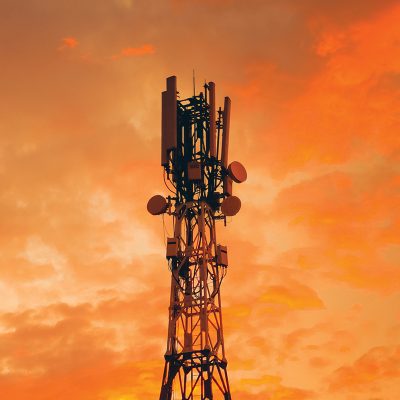What in the World Is 5G RAN?
Everything you need to know about 5G Radio Access Network

By now, most everyone — at least everyone following the latest in Internet innovation — is familiar with 5G technology.
The fifth generation of cellular technology has been around since 2019 and covers spectrums 4G can’t. It’s also faster, has higher peak data speeds and offers lower latency. In addition, 5G capabilities like network slicing open up new innovation possibilities and use cases.
Chances are, you already know that, though. But what about 5G RAN? If you do follow Internet innovation, you’ve probably heard of it already. How does it work, though? And what should you know about this new technology?
Let’s dive a little deeper.
What Is 5G RAN?
A 5G Radio Access Network (RAN) provides wireless connectivity to devices everywhere. Not surprisingly, given the name, it does that through radio frequencies within a radio access network (or RAN).
What Is a Radio Access Network?
A radio access network is critical in mobile telecommunications, connecting devices such as smartphones to a network through the use of radio links.
How Does 5G RAN Work?
To simplify it, 5G RAN converts voice and data into digital signals. Those signals are then transmitted as radio waves to RAN transceivers. From there, the signals are transferred to the main network, where data can be moved to the Internet.
The Benefits of 5G RAN
Whereas 5G offers many benefits to businesses — including faster, more reliable Internet service — 5G RAN adds even more to that. It has low latency, high speeds and high bandwidth, and can connect devices anywhere — opening up potential revenue streams for businesses. The new use cases for 5G Ran range from gaming on the cloud to remote driving and virtual reality technologies.
But 5G RAN can also empower fixed wireless access, which is particularly key for businesses in remote and rural locations. Through radio links, 5G RAN enables wireless connectivity between two fixed points without the need for cables or fibre. In remote or rural locations, where options like fibre Internet may be cost prohibitive, this technology is particularly powerful — offering reliable last-mile connectivity where other alternatives aren’t available.
Conclusion
While 5G was itself a step up from previous generations of cellular technology, there’s even more that it can begin to offer businesses today as it matures. And 5G RAN is an example of that. A powerful addition to 5G technology, it features new capabilities and innovations that weren’t possible before now.
Find out more about Xplore Inc. investments in 5G Networks in rural Canada.


